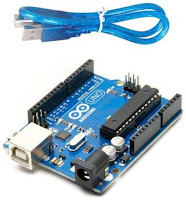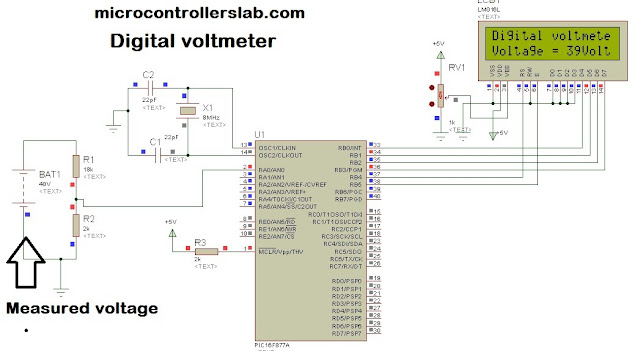INTRODUCTION:
Electricity is a very important thing of our daily
life. Without electricity it will be ruined our activities not just for
ourselves but also for industrial. But lately, our populations also increase
and the decaying of the natural resources energy crisis is becoming a very
serious issue all over the world. As example on this crisis based on the whole
world is we are dependent upon the fossil fuels for electricity. With a sort
time maybe we can use this, but if it still using a fossil for electricity on a
long time it will be eliminated and soon
they will be no longer available which is again very serious issue for our
upcoming generation.
JOURNAL 1:
There are a number of approaches being used to
generate alternative power supply. One of the method is piezoelectric smart
road sensor[1]. On application of mechanical stress on piezo materials
equivalent amount of electric current or voltage is produced. This effect can
be used in harvesting energy from the smart roads. Priyanshu et.al. says that
when any vehicle moves on the roads it produces very small vertical
deformations and vibrations on the roads. The increasing demand of the
electricity forces us to think about harvesting that vibration energy from
vehicles which is wasted otherwise. Also the traffic on the roads has increased
to a certain level that if we employ such sensors on the roads it will be a
great support in reducing the burden of the fossil fuels.
Energy can be harvested from various energy sources
like radiations, light, temperature, vibrations etc. Vibrations are created
from different sources like from machines in industrial, moving vehicles on
streets and so on. Vibration to electrical energy is changed over by utilizing
three distinct ideas i.e. Electromagnetic, Electrostatic and Piezoelectric[2].
The piezo impact created is because of the adjustment in the electric
polarization of the materials due to the apply stress which prompts the
production of electric current or voltage. The piezoelectric effect was
proposed by the curie brothers according to which electric charge is produced,
when force is applied parallel to polar axis using crystals of tourmaline,
quartz, topaz, cane sugar and Rochelle salt[3]. Piezoelectric crystal are
normally happening stable crystal until any outside forces are connected to
them. Piezoelectric effect is a
reversible process. It can happen in two ways i.e. coordinate
piezoelectric effect and speak piezoelectric effect.
JOURNAL2:
Another
journal is [4] Some vibration based energy generators that converts mechanical
energy to electrical energy that have been successfully developed are
Electromagnetic[5], Electrostatic[6], Piezoelectric generators[7],[8].
There are two effects in
piezoelectricity: direct piezoelectric effect and converse piezoelectric
effect. Direct piezoelectric effect is the generation of electric charge when
mechanical strain is applied on piezoelectric materials; whereas the converse
effect is defined as the deformation in the crystal caused, when an electrical
voltage is applied to the piezoelectric materials. Direct piezoelectric effect
is employed in manufacturing sensors and converse piezoelectric effect is
employed in manufacturing actuators. The piezoelectric materials are of natural
and also of artificially made. Quartz is a natural piezoelectric material while
Lead Zirconate Titanate (PZT) is an artificial piezoelectric material. PZT
piezoelectric sensor can be used for small scale energy harvesting because of
its high energy storage density[9].
JOURNAL 3:
Other
than that, for research journal is [10].The requirement for a wireless
electrical power supply has impelled an
enthusiasm for piezoelectric energy collecting, or the extraction of electrical
energy utilizing a vibrating piezoelectric device. Examples of applications that
would benefit from such a supply are a capacitively tuned vibration absorber
[11],a foot-powered radio “tag” [12], [13], and a PicoRadio [14]. Vibrating
piezoelectric device varies from an average electrical power source in that its
inner impedance is capacitive rather than inductive in nature, and that it
might be driven by mechanical vibrations of changing amplitude and frequency.
On
this journal described herein was to develop an approach that maximizes the
power transferred from a vibrating piezoelectric transducer to an
electrochemical battery. Other than that it is straightforward model of a
piezoelectric transducer. An ac–dc rectifier is included what is more, the
model is utilized to decide the purpose of ideal power stream for the
piezoelectric element. To decide its power flowcharacteristics, a vibrating
piezoelectric component is displayed as a sinusoidal current source ip(t) in parallel with its inward electrode
capacitance Cp.




















